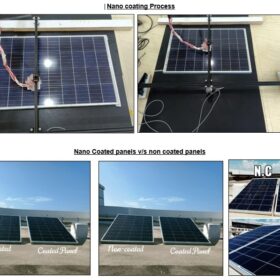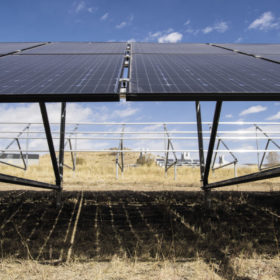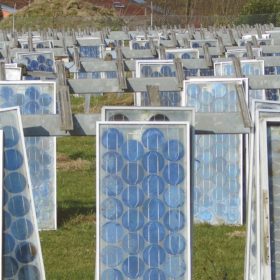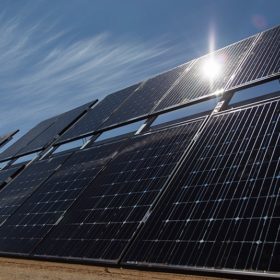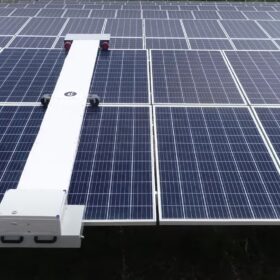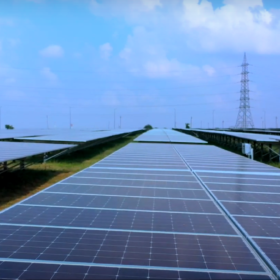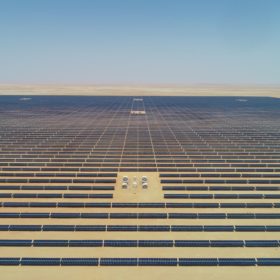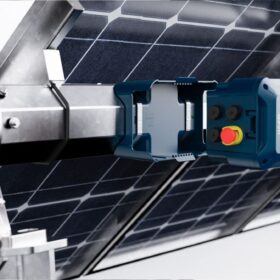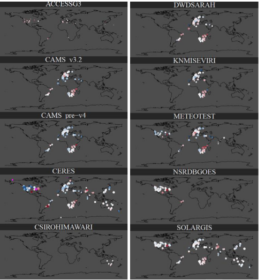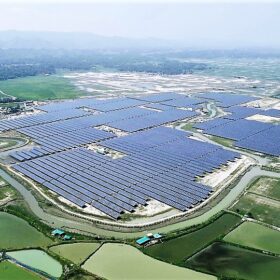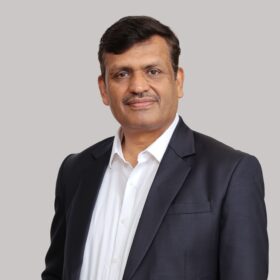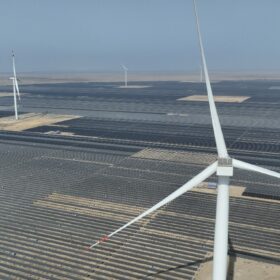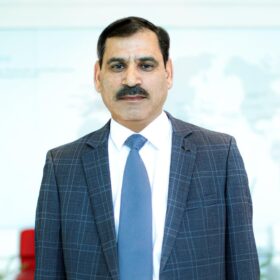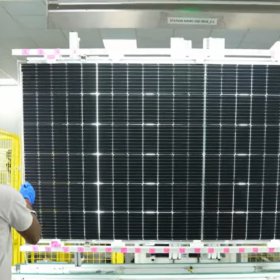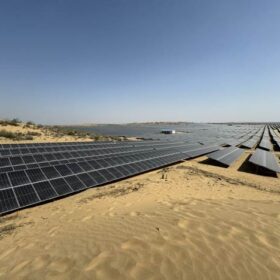New nanocoating to improve solar module output
India’s TriNANO Technologies has developed a nanocoating for solar modules that reportedly increases the panel’s power generation by up to 4% owing to its light trapping, anti-reflection and self-cleaning properties. It also lowers the panel temperature by 2-3 degrees Celsius compared to non-coated panels.
Amara Raja secures 100 MW solar project in Bangladesh
Amara Raja Group’s EPC arm has secured the contract to build a 100 MW (AC) solar plant in Bangladesh. The $130 million project is funded by the EXIM Bank of India.
Solar passports to support PV waste management in India
A new study proposes a blockchain-based solar passports framework to address the PV waste management challenge in India. It says such a framework would enable transparent tracking and verification of PV panels throughout their lifecycle, ensuring efficient asset monetization and promoting sustainable practices within the solar industry.
NHPC to develop 2 GW pumped storage, 1 GW solar projects in Odisha
The state-owned hydropower producer has signed a memorandum of understanding (MoU) with Grid Corp. of Odisha (GRIDCO) to develop 2 GW of pumped storage and 1 GW of solar energy projects in Odisha.
India’s Sleepwalkers unveils dry-cleaning robotic device for solar panels
Sleepwalkers has introduced an automated robotic device for solar panel cleaning that doesn’t require an additional rail system as it can move on the aluminum frame of the panels.
WattPower signs 1.2 GW string inverters supply deal with ReNew
Pavit Gandhi, sales director at WattPower Systems, told pv magazine that WattPower Systems will supply 1 GW of string inverters by December 2023 and the balance by March 2024 for ReNew’s multiple renewable energy projects.
Sterling and Wilson Renewable Energy reports strong order inflow in FY 2023
The solar and energy storage EPC provider is planning to collaborate with competent agencies for support towards development of robotic system for module cleaning, suiting to the company’s in-house designs.
L&T selects PVH solar trackers for 2.97 GWp PV plant in Saudi Arabia
PVH’s manufacturing facility in Jeddah will supply solar trackers to Larsen & Toubro for the 2.97 GWp PV project in the NEOM region of Saudi Arabia.
IEA-PVPS releases global benchmark for solar irradiance data
IEA-PVPS has published a report to help the solar industry to choose appropriate surface radiation models and data providers based on location and application requirements.
Bangladesh improves conditions for domestic independent power producers
The government of Bangladesh has taken steps to improve conditions for independent power producers (IPPs) that develop utility-scale projects, in order to attract more domestic investments in solar and renewables.
